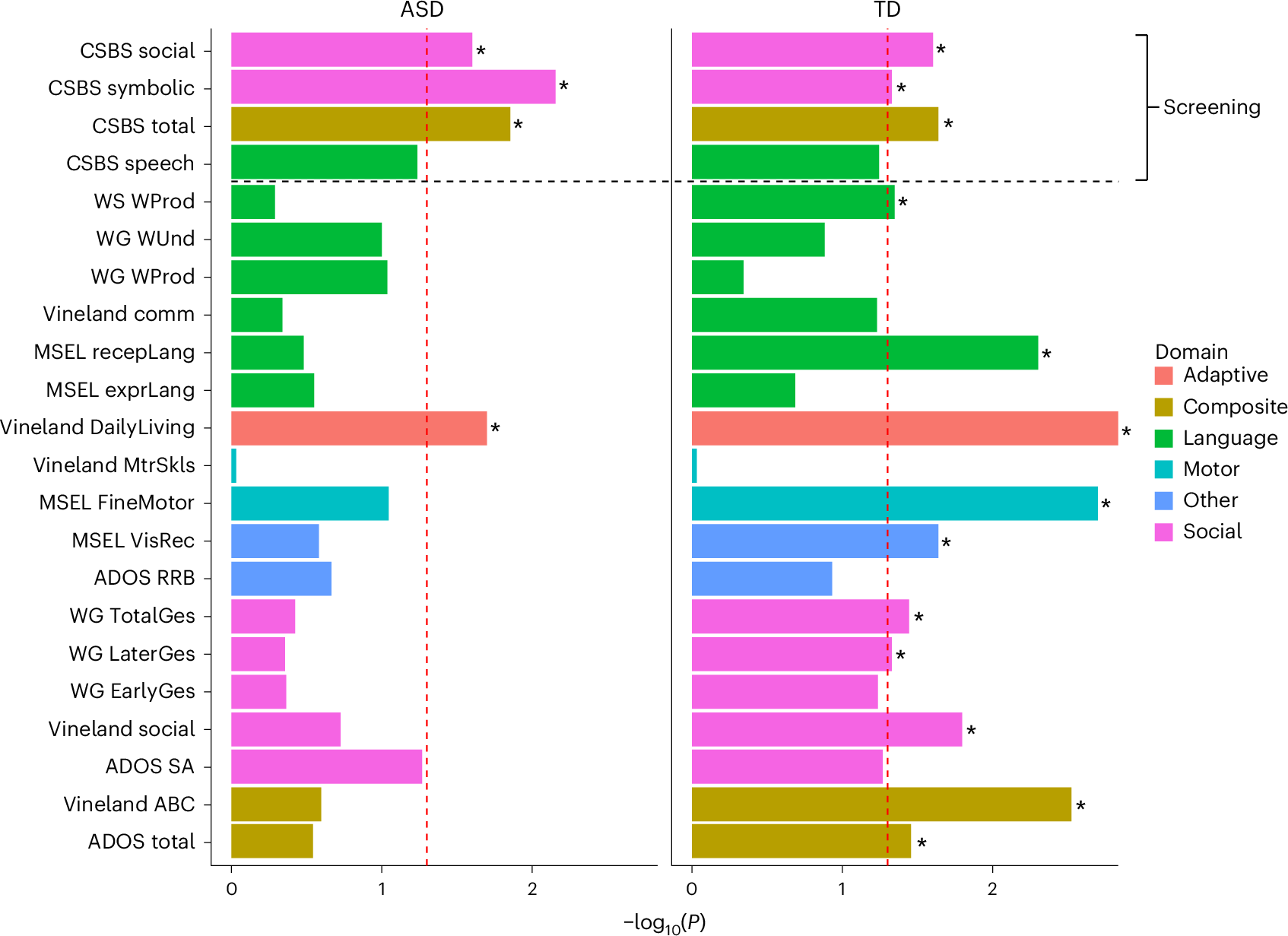2025-05-27 早稲田大学
 図 本研究で実施した実験条件の例
図 本研究で実施した実験条件の例
<関連情報>
- https://www.waseda.jp/inst/research/news/80914
- https://www.sciencedirect.com/science/article/pii/S0360132325005554
サーマルマネキンを用いた寝姿勢の違いによる総断熱量への寝具の影響とJOS-3によるモデル化 Effect of bedding on total thermal insulation in different sleeping postures measured with thermal manikin and modelled with JOS-3
Mizuho Akimoto, Jun Shinoda, Mariya P. Bivolarova, Shin-ichi Tanabe, Pawel Wargocki
Building and Environment Available online: 26 April 2025
DOI:https://doi.org/10.1016/j.buildenv.2025.113074
Highlights
- The whole and local body thermal effects were examined using the thermal manikin measurements and JOS-3 simulation.
- The equivalent temperature was calculated to examine the heating and cooling effects depending on the thermal insulation of the bedding and the ambient temperature.
- Modeling showed that the local skin temperature could vary at the same thermal insulation.
Abstract
The bedding micro-environment is essential in securing optimal thermal conditions for sleep. The factors that shape this micro-environment include ambient temperature and humidity, the heat generated by the human body, and the thermal insulation performance of the bedding system. The present study systematically examined the interplay between these factors by performing measurements of dry heat loss with the manikin and simulations of total heat loss using the thermoregulation model JOS-3. During measurements with the manikin, the total thermal insulation of a bedding system, including the air layer around the covered body (IT), was measured. Eighty-four conditions were tested in a climate chamber with two postures (supine and lateral), two clothing levels (nude and in pajamas), two quilts (blanket and duvet), and four body coverage rates (23.3 %, 54.4 %, 70.6 %, and 94.1 %); the measurements were made at air temperatures of 18.6 °C, 22.6 °C, and 26.4 °C. The IT values of the measured bedding systems ranged from 1.06 to 5.71 clo. To examine the heating and cooling effects of changing insulation at different ambient temperatures, we calculated the equivalent temperature (teq). We performed numerical simulations with the JOS-3 model to examine the effect of different bedding combinations on skin temperature and heat loss from the human body. Our results showed that even when the same bedding system provides the same IT for the whole body, the local skin temperature (tsk) changes depending on which body parts are covered or in contact. They provide benchmarks and insights for decisions regarding technical solutions for sleep-optimal thermal conditions.


